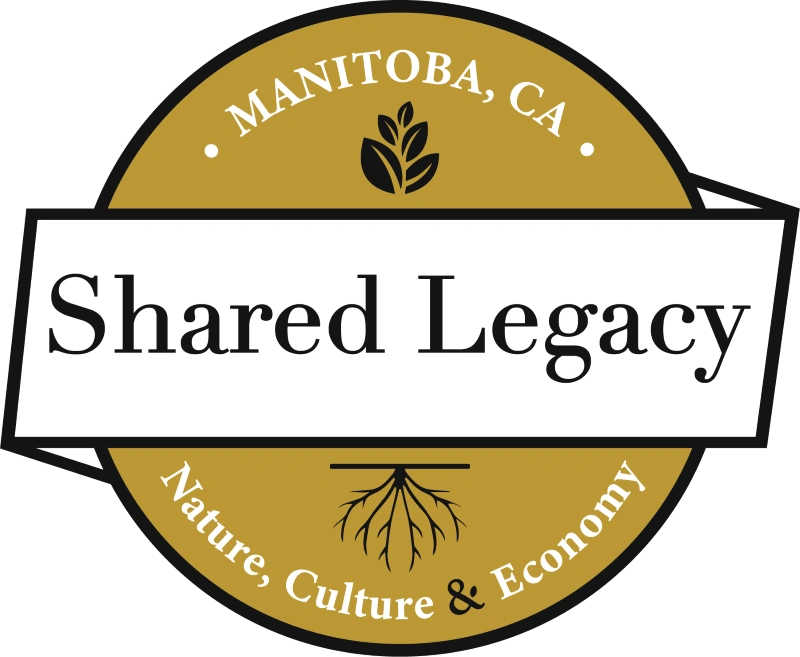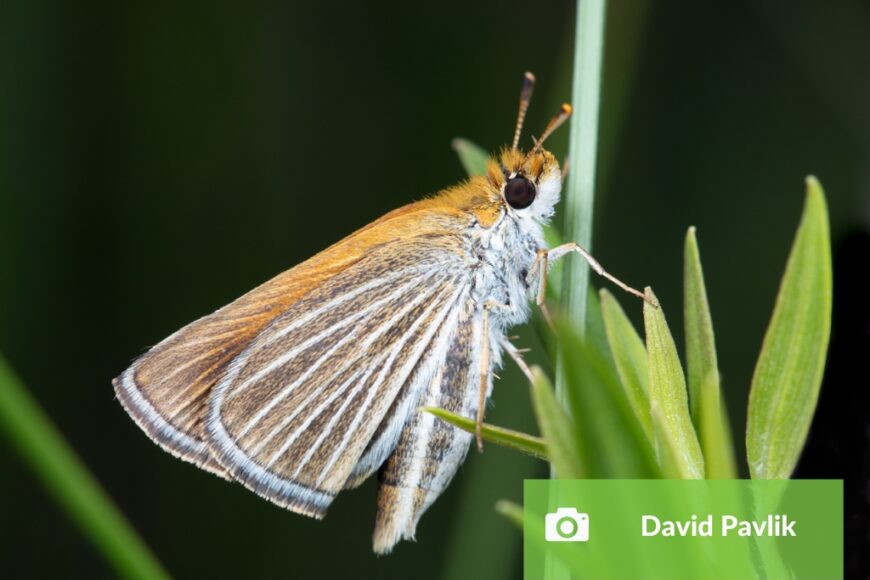News Release, August 11, 2022, Winnipeg, Manitoba
https://www.natureconservancy.ca/en/where-we-work/manitoba/news/assiniboine-park-conservancy.html
Over the course of approximately three weeks in July, the Assiniboine Park Conservancy successfully released 191 critically endangered Poweshiek skipperling butterflies back onto the landscape at the Nature Conservancy of Canada’s (NCC’s) properties located in the Manitoba Tall Grass Prairie Preserve in the RM of Stuartburn in southeastern Manitoba. In addition, for the first time, this year’s butterfly conservation program included the release of 16 endangered Dakota skippers at a site in Manitoba’s Interlake region, bringing the total number of butterflies released this year to 207.
“We are thrilled with the results of this year’s breeding and release program and excited for what it means for the future of these endangered species,” said Ashleigh Westphal, research conservation specialist, Assiniboine Park Conservancy. “When we started the release program in 2018, experts estimated there were only about 100 Poweshiek skipperling butterflies remaining in all of Canada. We released six butterflies that year. The growth of the program and results so far are very encouraging, but we have a long way to go before this species will be secure in the wild. Collaboration with partners and local landowners is integral to the success of this program and ongoing grassland conservation efforts.”
Poweshiek skipperling and Dakota skippers are known as habitat specialists, relying on very specific grassland ecosystems to survive and thrive. Regrettably, much of this habitat has been lost through conversion, resulting in the dramatic decline of multiple grassland species. Habitat loss is believed to be one of the contributing factors leading to the near extinction of Poweshiek skipperling. It is also suspected that the increased use of pesticides, effects of climate change and extreme weather events are contributing to ongoing population declines. Butterflies are sensitive to changes in their environment and are often an indicator of the overall health of an ecosystem.
Grasslands are one of the most endangered terrestrial ecosystems on the planet. Conserving and maintaining the integrity of high-quality grasslands that at-risk species like Poweshiek skipperling and Dakota skipper depend on is key for these and other prairie endemic species. NCC actively manages native prairie in Manitoba. Without active and regular management, these disturbance driven prairie sites are at risk of becoming overgrown with shrub and forest, leading to subsequent loss of important biodiversity and essential habitat.
“In addition to land management, it is important for everyone to work together,” said Melissa Grantham, conservation biologist with the Nature Conservancy of Canada. “Through our collaborative recovery efforts with Canadian and U.S. conservation agencies, experts and partners, we work together to engage in research that informs land management decisions, raise public awareness, and work with local producers to sustainably manage key grassland sites, all of which supports the captive rearing and breeding program.”
This is the fifth annual release of Poweshiek skipperling butterflies and the first for Dakota skippers in Manitoba. The number of adult butterflies released this year is more than four times larger than last year’s release, thanks to a successful expansion of the breeding program. The ongoing success of the breeding program, combined with results from annual site surveys, will set the stage for future years.
“We have seen encouraging results from our population surveys in locations where we have done releases. This suggests our efforts may be helping to stabilize the population at these specific sites, however, we will need to analyse the new data collected this summer to get a better picture of the trends,” said Westphal. “In the future, we hope to work with partners to reintroduce Poweshiek to sites where they have been lost.”
About Poweshiek skipperling
The Poweshiek skipperling is a small grassland butterfly species whose historic range includes southern Manitoba and the Midwestern USA. Today, there are only two small, isolated locations where the butterfly can still be found: the Tall Grass Prairie Preserve in Manitoba and a second site near Flint, Michigan. Experts estimate there may be fewer than 500 Poweshiek skipperlings remaining, making it one of the most endangered species in the world.
About the Dakota skipper
The Dakota skipper is a northern prairie butterfly species whose historical range included tall grass and mixed-grass prairie habitat in a vast range extending from southern Saskatchewan and Manitoba into the Dakotas, Minnesota, and Iowa, and east to the Chicago area. In Manitoba, this endangered species can still be found in small numbers in the Interlake and pockets of southwestern Manitoba.
About the Grassland Butterfly Conservation Program
The Poweshiek skipperling conservation project is a collaborative effort between the Assiniboine Park Conservancy, Nature Conservancy of Canada, Minnesota Zoo, John Ball Zoo, U.S. Fish and Wildlife Service, University of Winnipeg, and other partners in Canada and the United States. The Assiniboine Park Zoo is responsible for a head-starting program for the Manitoba population, with the aim to increase the wild population size by raising the skipperlings through their most vulnerable life stages.
This is the fifth consecutive annual release of Poweshiek skipperling in Manitoba. Last year, 47 adult butterflies were released. In 2020, 19 adult butterflies were released. In 2019, 13 butterflies were released. In 2018, the inaugural year, six butterflies were released. Last year, the program was expanded to include Dakota skippers.
Through this program, we aim to work with partners and landowners to understand why these butterflies continue to decline and to prevent them from becoming extinct in Canada.
This project was undertaken with the financial support of the Government of Canada, through the federal Department of Environment and Climate Change. Ce projet a été réalisé avec l’appui financier du gouvernement du Canada agissant par l’entremise du ministère fédéral de l’Environnement et du Changement climatique.
The expansion of the program to include the Dakota skipper was made possible with support from the Association of Zoos and Aquariums Conservation Grants Fund.

